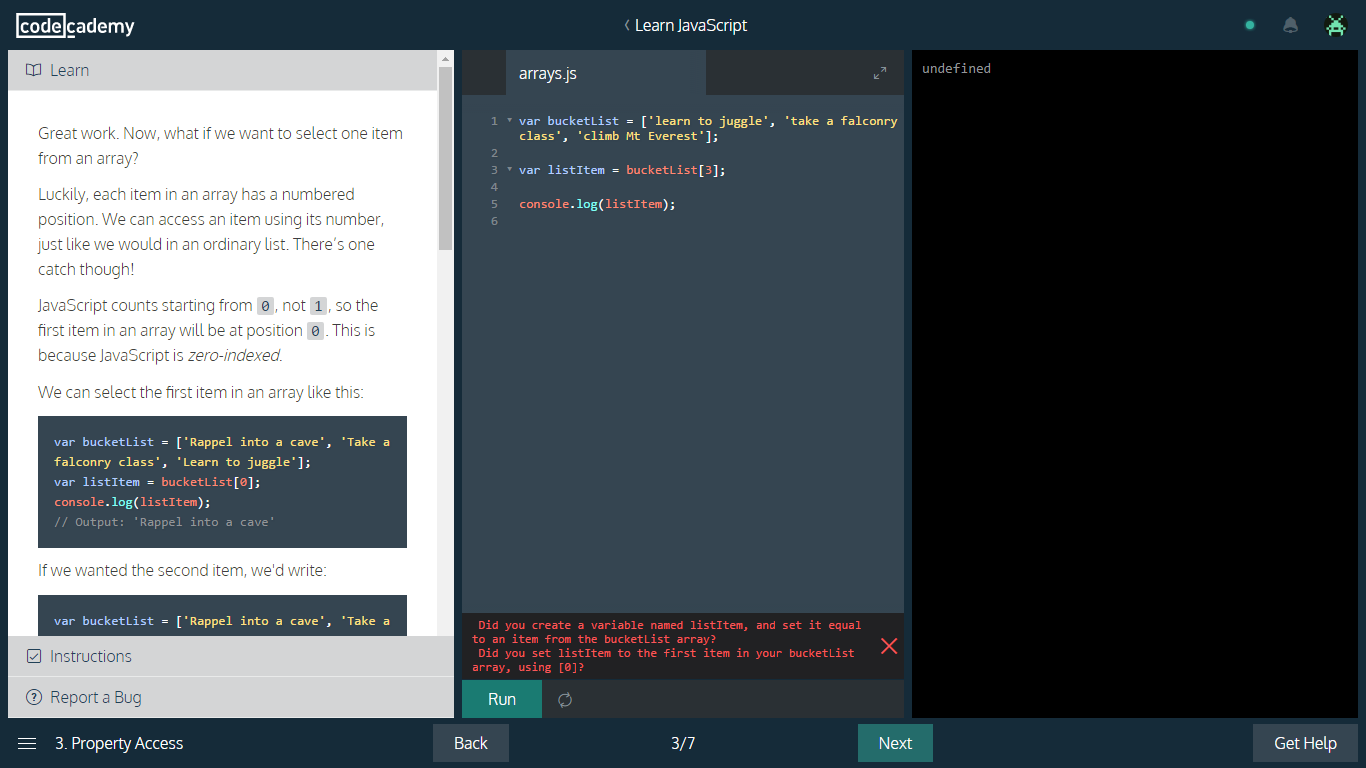

The for loop contains the initialization expression, test condition, and update expression (expression for increment or decrement). The key difference between the two is that foreach automatically starts at the front of the array, whereas list()/ each() does not.The for loop in php is the most complex loop in PHP that is used when the user knows how many times the block needs to be executed. In practice, however, you will find foreach loops and list()/ each() loops in about equal proportions, despite the latter option being slower. Generally speaking, using foreach loops is the most optimised way to loop through an array, and is also the easiest to read. There is a lot more detail on array cursors later. The meaning of that first line is "get the current element in the array, and assign its key to $var and its value to $val, then advance the array cursor. To start with, each() will return the first element, then the second element, then the third, and so on, until it finds there are no elements left, in which case it will return false and end the loop. To get the length of an array in PHP, we need to loop through each element of the array and count the number of iterations. All arrays have a cursor, and you can freely move it around - it is used in the while loop above, where we need to iterate through an array.

We can access or retrieve the elements of a multi. "Array cursor" is the technical term for the element of an array that is currently being read. A multi-dimensional array in PHP is an array consists of one or more arrays. Each() takes an array as its parameter, and returns the current key and value in that array before advancing the array cursor. List() is a function that does the opposite of array() - it takes an array, and converts it into individual variables.

The second way to use foreach does allow you to extract keys, and looks like this:Īnother commonly used way to loop over arrays is using the list() and each() functions, like this: In this situation, the array keys are ignored completely, which usually makes most sense when they have been auto-generated (i.e. Here the array $array is looped through and its values are extracted into $val. However until recently, I wasn’t aware that the assignment to a variable can be done in the for loop itself and share this here in this post. The easiest way to use foreach looks like this: PHP for loops and counting arrays It’s well known that calling count (array) in a for loop in PHP is slower than assigning the count to a variable and using that variable in the for loop instead. However, there is a quick and easy way to accomplish the same thing: a foreach loop, which itself has two versions. The length of the array can be counted by iterating the array values through the loop and by using PHP built-in functions.
#Php array length for loop code#
As a result, code like this should generally be avoided: The ability to loop through arrays is an important aspect of PHP programming and is used. The count() function allows you to determine the number of elements in an array, and the arraylengthforloop method provides a shorthand way of looping through an array. That is, it can have its keys out of order or entirely missing. Looping through an array using a for loop is a common operation in PHP programming. For example, an array may have keys 0, 1, 2, 5, 3, 6, 7. However, these numbers cannot be guaranteed to exist within the array in any given order, or even to exist at all - they are just key values themselves. Do NOT use a loop to count the number of elements in array, as this would be extremely wasteful.

If you do not specify a key, as in the first example, PHP will just assign incrementing numbers starting with 0. Counting the number of elements in a PHP array.


 0 kommentar(er)
0 kommentar(er)
